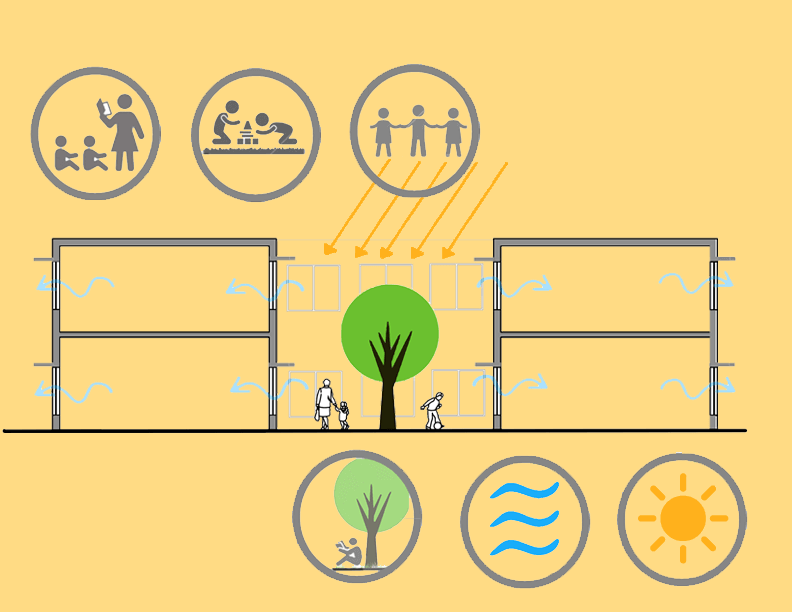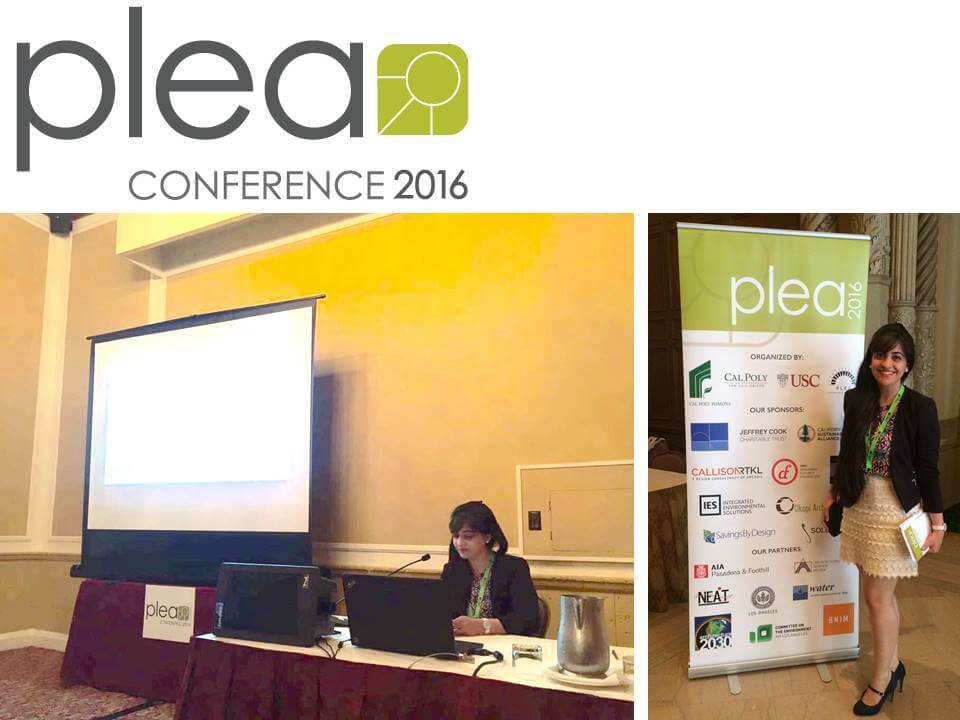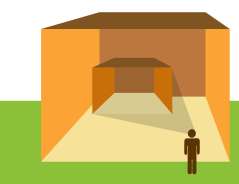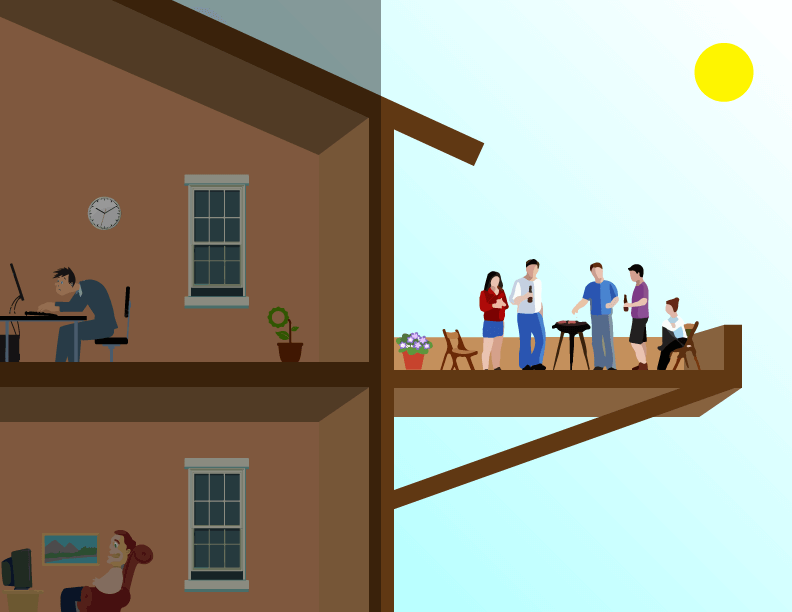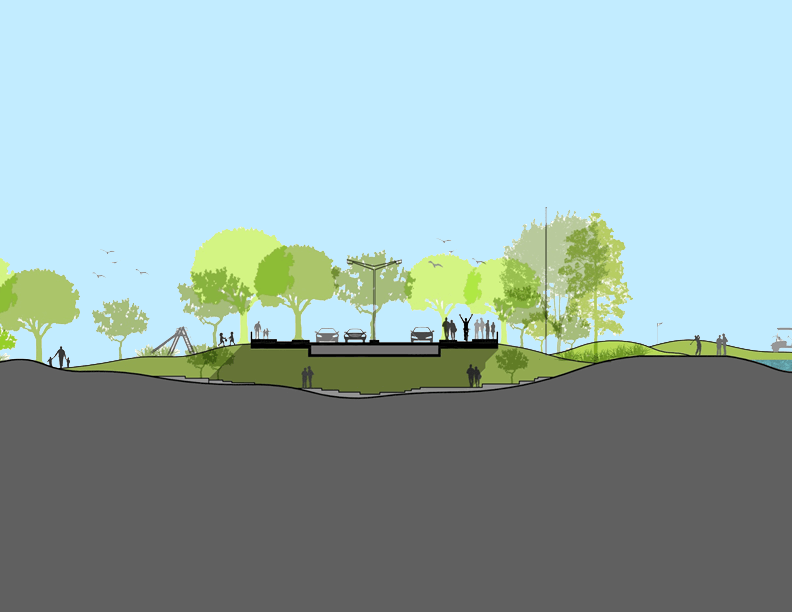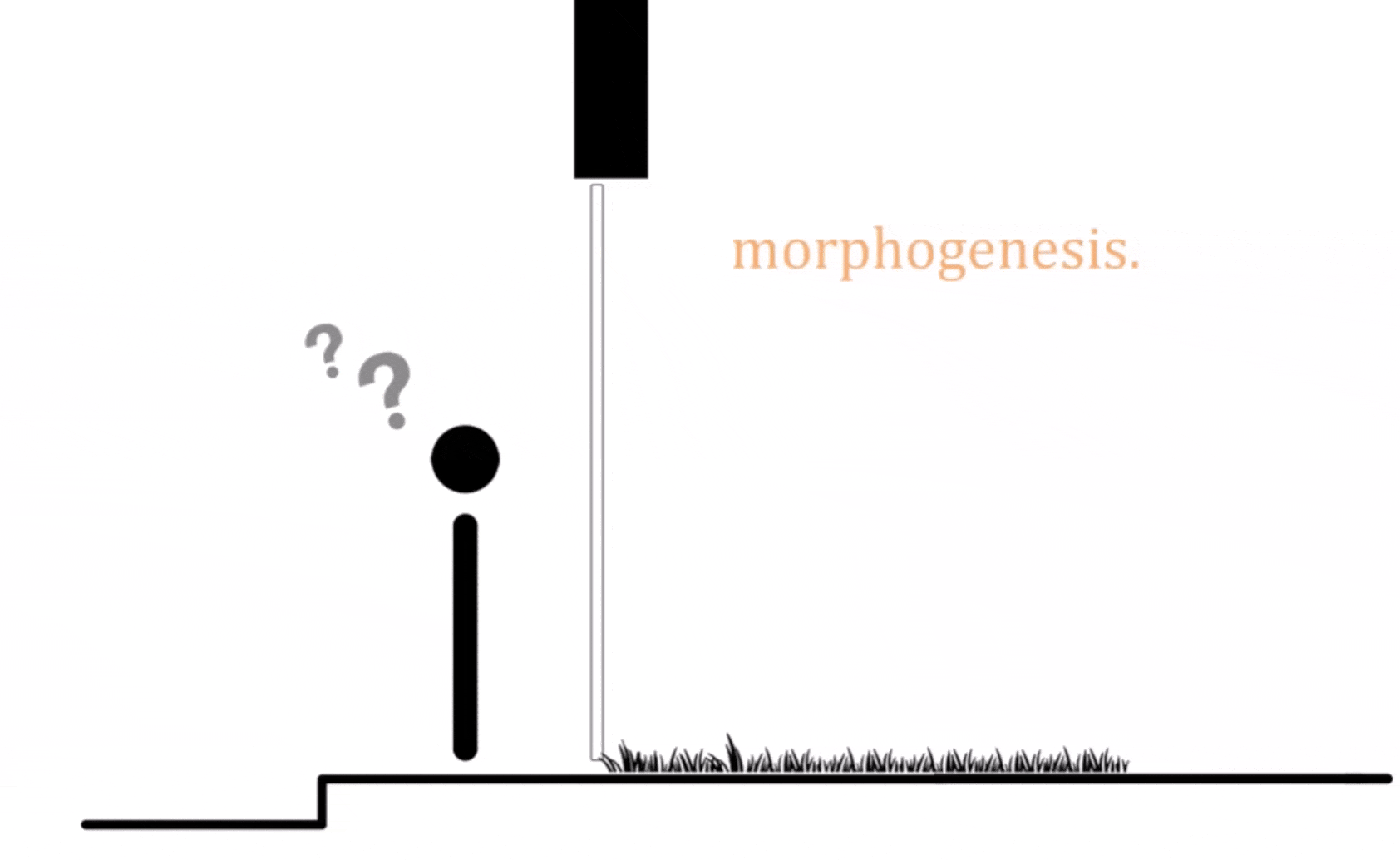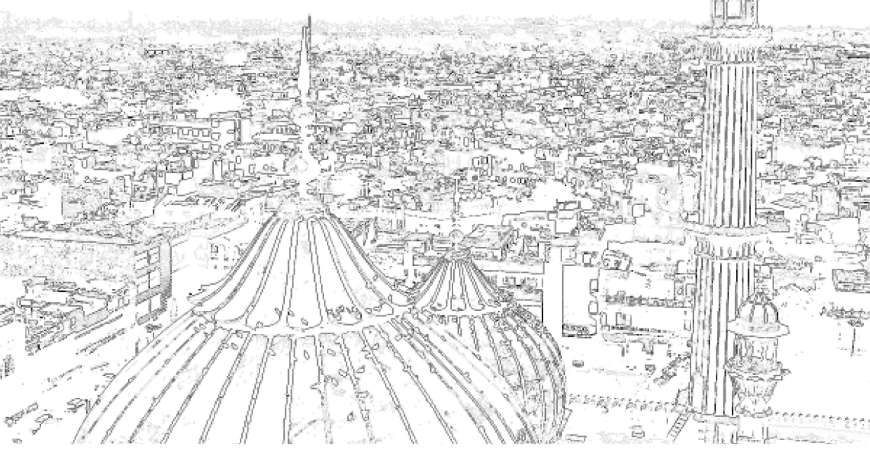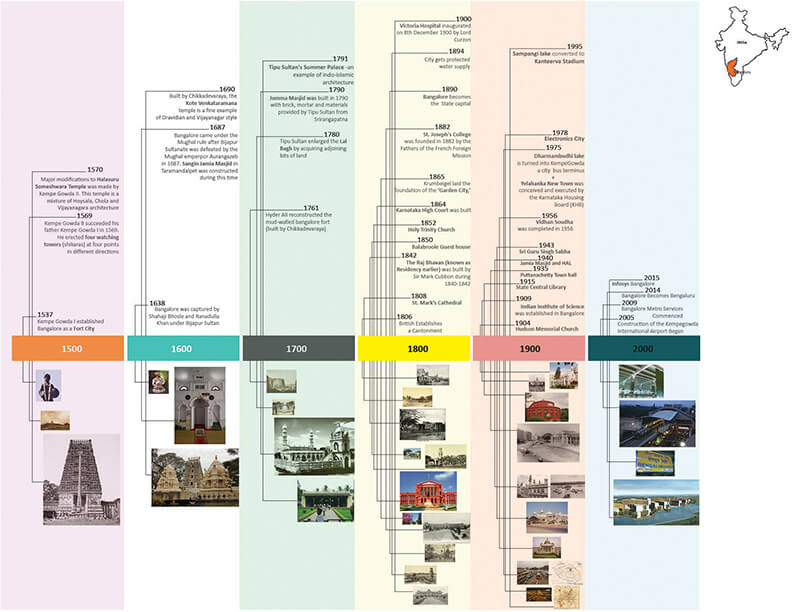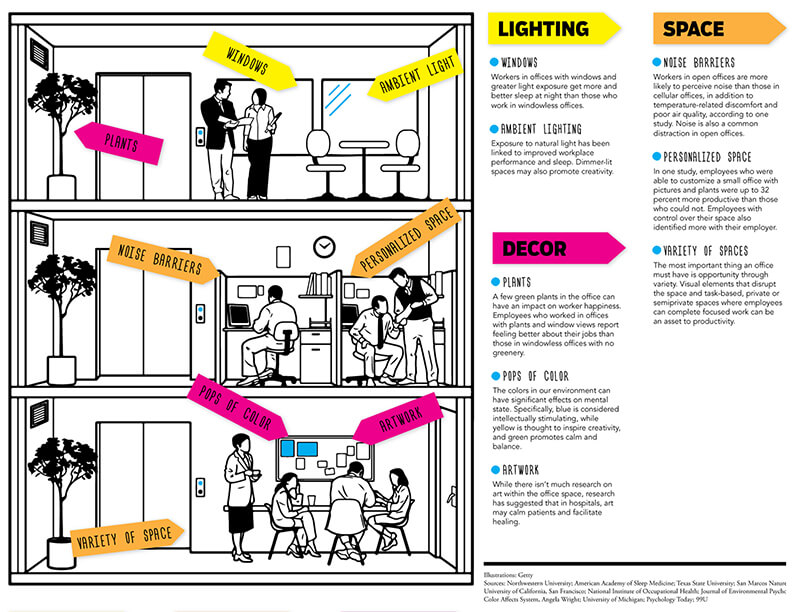“Well planned play, both indoor and outdoor is a key way in which children learn with enjoyment and challenge.” [1].
Interest in improving not only the school building but also the outdoor spaces is becoming significantly important as they play an important role in the school curriculum. Research has also highlighted that outdoor learning experiences are more effective in developing intellectual skills than indoor (classroom) based learning [2]. With the aim at enhancing the learning environment in primary schools of New Delhi and providing an alternative to the existing rigid linear blocks that lack interaction with the surroundings, the study looks into the potential of protected semi outdoor spaces as extension to the indoor classrooms. A courtyard shows both environmental and pedagogical aspects being a solution for deep plan and providing cross ventialtion to the attached interior spaces. It also acts as a quieter and a more controllable private space, in comparison to the outdoor; allowing teachers and students to carry out the school curriculum effectively(Fig. 1).
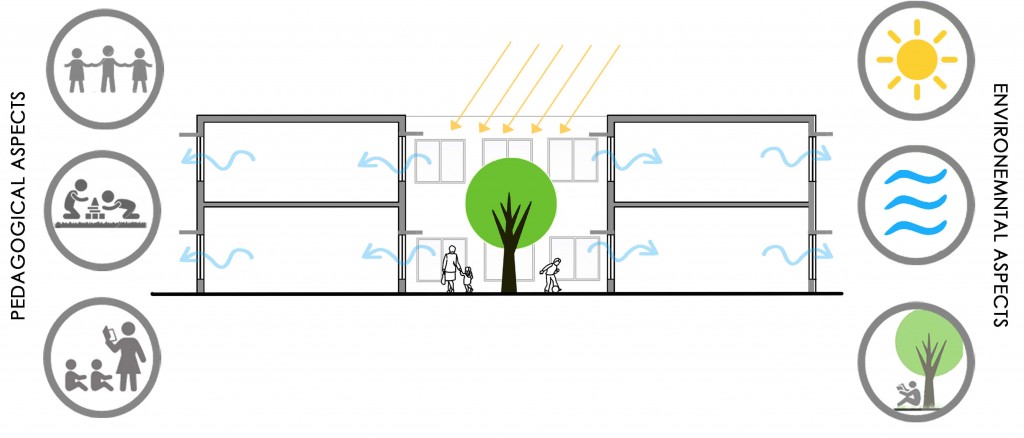
In order to study the behavioural and the environmental performance of classrooms and the adjacent semi-outdoor spaces, fieldwork was carried out through spot measurements, occupant survey and short term monitoring during the monsoon period, at a primary school of New Delhi, where the classrooms are arranged around a series of courtyards. (Fig. 2).
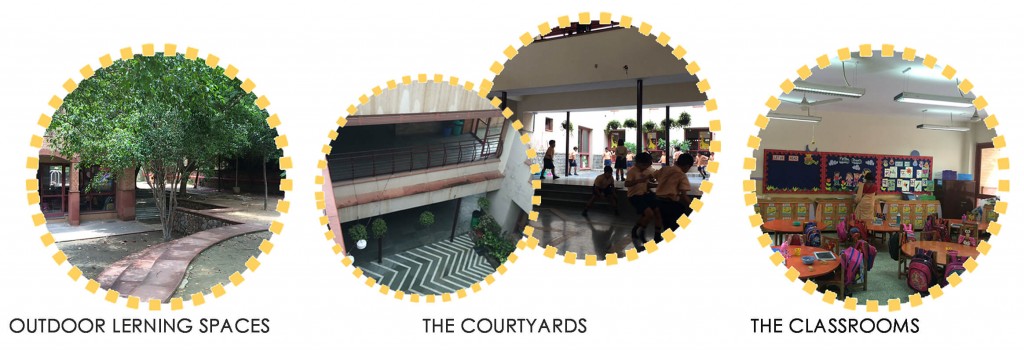
The occupant survey clearly indicated that the integration of courtyards in the building is well appreciated giving pupils the flexibility to use the spaces according to their thermal preference. The measurements showed that the air temperature in these spaces set within the building were 2-3K cooler than outdoors during peak time (12pm-2pm) on a partially sunny day. The air temperature in the covered courtyard was recorded to be 1-1.5K lower than the open court. It was also found that cross ventilation through the courtyards when windows were opened during the morning occupied hours (8-11AM) contributed to maintaining the classroom temperatures, half a degree lower than the outdoors. This is considered to be a good achievement if we consider the large impact of internal gains from pupils’ occupancy.
Further analytical studies were performed through computer simulations to assess the impact of building form, occupancy and shading the courtyard. Various forms with attached semi outdoor spaces (courtyards) were modelled and their environmental perfomance was compared with compact rigid linear forms,Fig3.

The occupancy study showed that adding 15 students to a class of 25 increases the classroom air temperature during the school hours by 1- 1.4K during both the cold and warm periods. Futher a shading analysis included testing the impact of a louvered shading element with various transmissivities were compared with the performance of non-shaded courtyard as the base case.
The modified Physiological Equivalent Temperature (mPET), as proposed by Matzarakis (2014), was used as an indicator for assessing the outdoor thermal comfort in the courtyard [4].
The study demonstrated that a courtyard protected by louvered shading can decrease the mPET value in a courtyard facing any direction between 0.5K and 1.2K compared to the base case facing the same direction. It was also observed that shading the attached semi outdoor not only improves the outdoor comfort but also impacts the indoor performance.
References
[1]. QCA (2000). Curriculum Guidance for the Foundation Stage: Early Years Practitioners. Qualifications and Curriculum Authority. Department of Education and Employment, London, U.K.
[2] Stine, S. (1997). Landscapes for Learning: Creating Outdoor Environments for Children and Youth. John Wiley & Son, New York.
[3] Juneja, A (2015). Potential of Courtyards in Educational Buildings in New Delhi. Exploring Outdoor Learning Spaces for Primary Schools Students. Msc Dissertation, Architectural Association School Of Architecture, London.
[4] Matzarakis A, Yung-Chang Chen (2014). Modification of Physiologically Equivalent temperature. Chair of Meteorology and Climatology, Albert-Ludwigs-University Freiburg. Journal of Heat Island Institute International Vol. 9-2.

